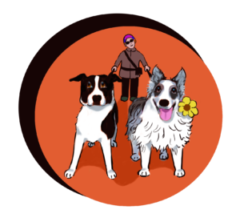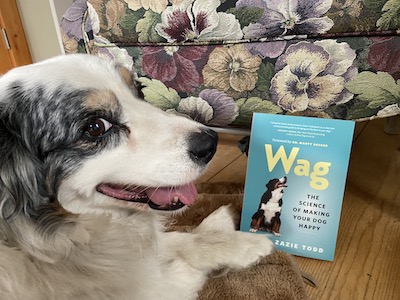This article is cross-posted to PACTA BC News

In July, 2021 PACTA BC announced two important projects aimed at protecting animals in our care, beginning with the dog training industry:
- The Portfolio Pathway (Portfolio Pathway: An Education Model to License Dog Trainers)
- Provincial Regulation.
While we are the first province in Canada to embark on this type of initiative, it is nonetheless long overdue. Currently, in British Columbia, the responsibility for assessing the knowledge, skills, and ethics of animal care and training professionals falls directly on the consumer. The two related initiatives, Portfolio Pathway and Provincial Regulation, aim to shift that responsibility to qualified individuals. We are using a portfolio assessment approach because it will provide a flexible, inclusive, accessible, and robust way for individuals to achieve a recognized standard in the dog training industry.
Over the past four months the PACTA BC Education Committee has been focusing on the research phase of these projects. This includes reviewing educational models for competency based programs and portfolio development, as well as profiling similar organizations and initiatives.
We are on target to complete this phase by January, 2022. However, research will always be an ongoing process. Of course we are watching, with interest, the newly formed Alliance for Professionalism in Dog Training in the United States. While the motivation for forming the alliance to pursue licensing legislation is completely in line with that of PACTA BC’s, there are few parallels in the details of what they are proposing.
Similarly, we were encouraged by the formation of the UK Behaviour and Training Charter in 2020. This organization brings together several membership organizations that accredit, support, and monitor their members in a collaborative solution to improve welfare in the dog training industry. Each participating organization self-regulates its own membership according to the ethical, welfare and conduct obligations stated in the Charter. Again, the UK Behaviour and Training Charter’s intent is completely in line with PACTA BC’s but with a different approach.
Another new initiative of interest is the work by the Canadian Association of Professional Dog Trainers to develop a national curriculum that educational institutions in Canada can license. More opportunities for aspiring dog trainers to gain knowledge and skills would be a welcome addition to our efforts. The development of a standardized curriculum is not on PACTA BC’s agenda, so these complementary initiatives can directly support our work.
The essence of the Portfolio Pathway Project is a direct response to the limited opportunities to gain a recognized and Canadian dog training credential. As emphasized from the beginning, the Portfolio Pathway project builds on, rather than competes with, existing quality educational programs.
The committee has also made excellent progress on drafting competencies and accompanying documentation to describe the model and guide prospective licensing incumbents. To accelerate the process we organized a fall “sprint” – a process inspired by code sprints from the software development world to create specific portions of our work from scratch in a very short time frame. We hammered out a lot of text and arrived at some important design decisions! It also enabled us to identify gaps in our project planning, such as articulating the role of mentors throughout the portfolio development process, and a review of the PACTA BC Code of Ethics.
We are recognizing the value of both sprinting along and slowly working through the details. It’s a very large and important endeavor, and completely doable thanks to our enthusiastic committee members.












